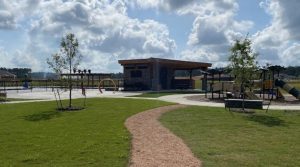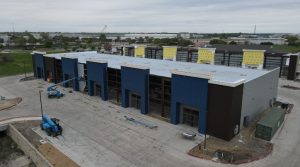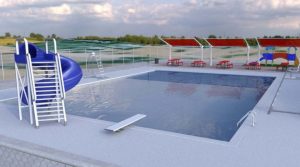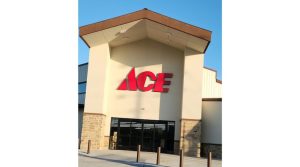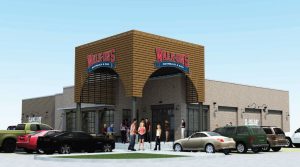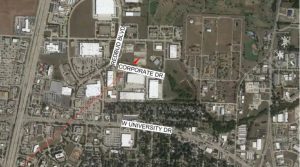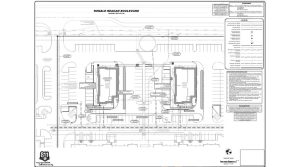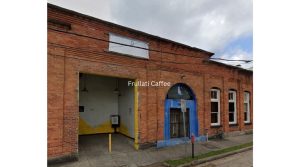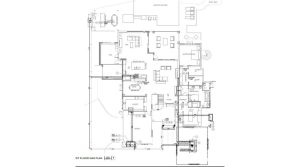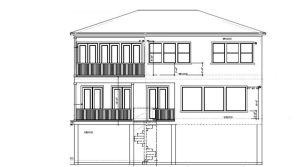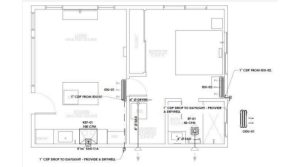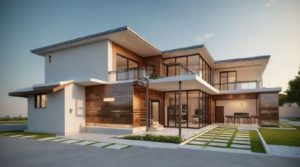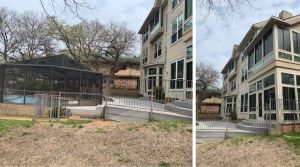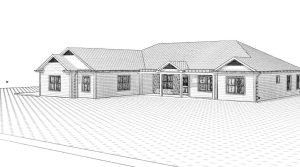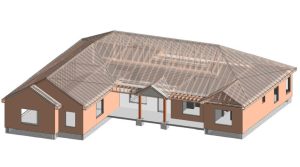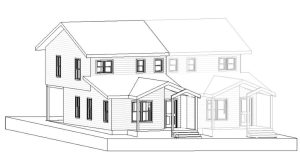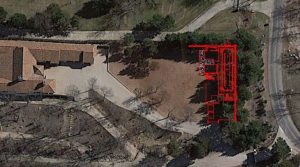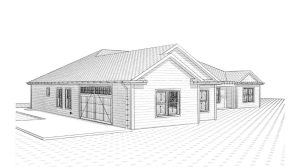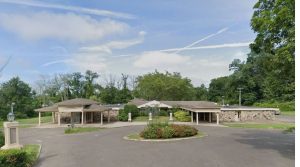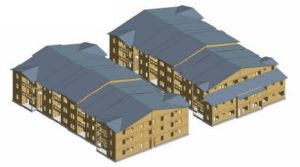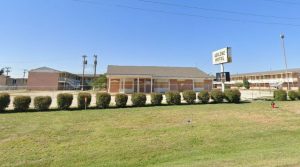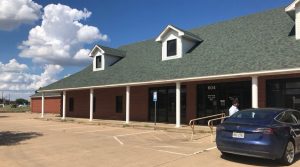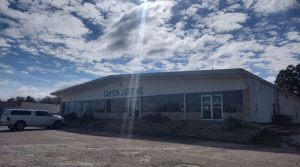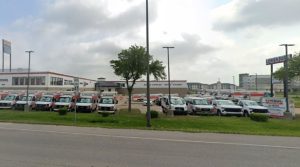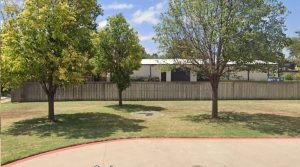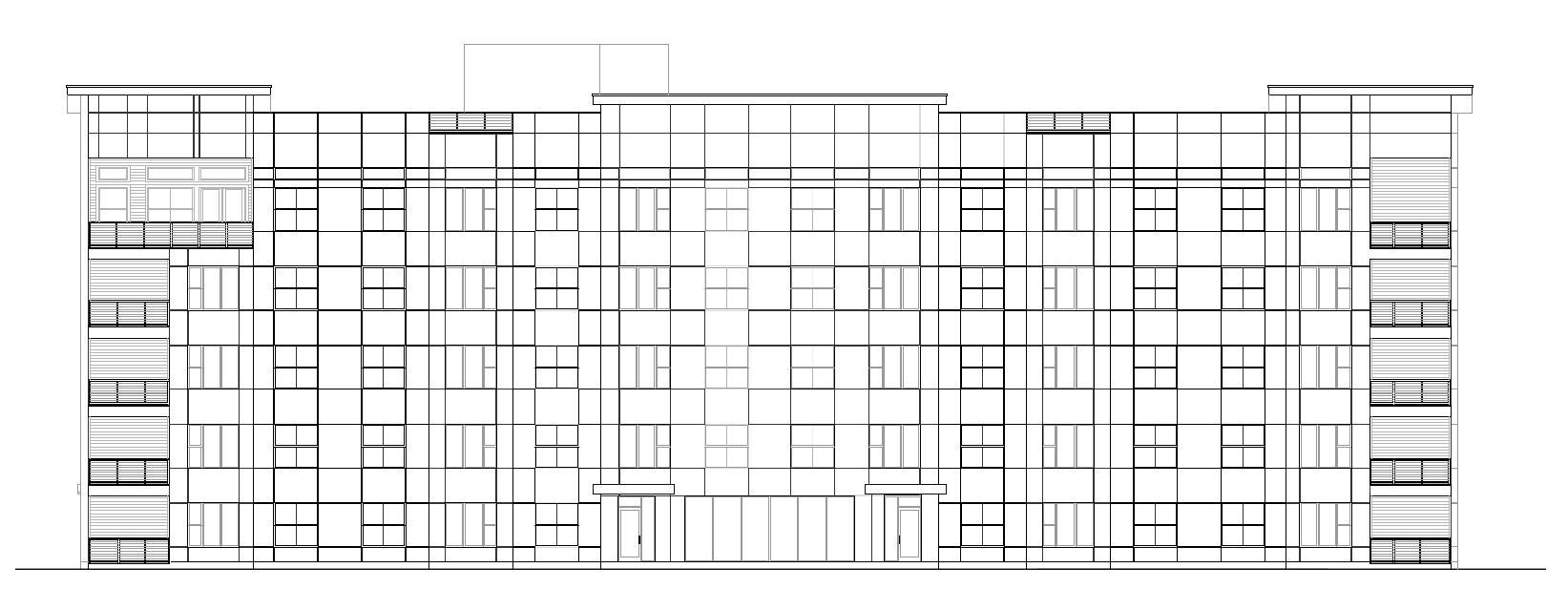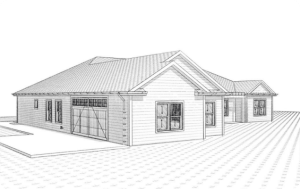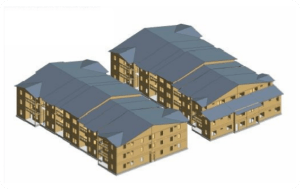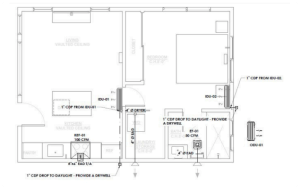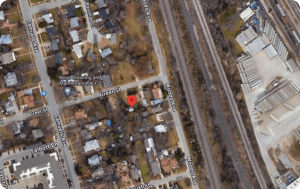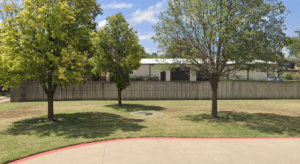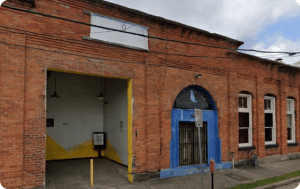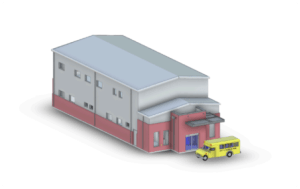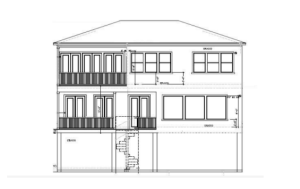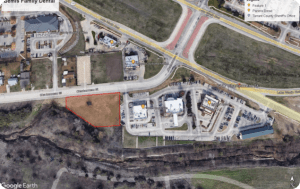Overcoming the Hurdles: Designing MEP Systems for Texas Educational Facilities
Designing mechanical, electrical, and plumbing (MEP) systems for Texas educational facilities poses unique challenges. Factors such as climate, building codes, and energy efficiency requirements must be taken into account. To create safe and efficient learning environments, MEP engineers and designers must navigate these hurdles while creating systems that meet the needs of students, faculty, and staff. In this post, we will explore the key challenges and considerations in designing MEP systems for Texas educational facilities. From managing HVAC loads to balancing energy efficiency with cost-effectiveness, we will provide insights and solutions to help you overcome the hurdles and create optimal MEP systems for your educational facility projects.
1. Challenges of designing MEP systems for Texas educational facilities
Designing mechanical, electrical, and plumbing (MEP) systems for Texas educational facilities can be a challenging task. School buildings are unique because they must cater to a diverse range of users, from young children to adults. Additionally, these buildings need to be able to accommodate a variety of activities, from classrooms to gymnasiums, laboratories, and other specialized spaces.
Texas is also known for its extreme weather conditions, including high heat and humidity, which can present unique challenges for HVAC systems. MEP systems must be designed to provide optimal indoor air quality, thermal comfort, and energy efficiency, while also meeting strict safety and environmental regulations.
Another challenge in designing MEP systems for Texas educational facilities is the need to balance functionality with aesthetics. While MEP systems are essential for ensuring the comfort and safety of building occupants, they can also be unsightly if not properly integrated into the building’s design. Therefore, it’s important to work closely with architects and other stakeholders to ensure that MEP systems are seamlessly integrated into the building’s design, while also meeting all functional requirements.
Overall, designing MEP systems for Texas educational facilities requires careful consideration of a wide range of factors, from user needs to environmental conditions, safety regulations, and aesthetic requirements. By working with experienced MEP engineers and other professionals, educational institutions can overcome these challenges and create safe, comfortable, and efficient learning environments for all.
2. Importance of MEP systems in educational facilities
MEP systems are the backbone of any educational facility, providing essential services such as heating, ventilation, and air conditioning, plumbing, and electrical systems. These systems play a crucial role in creating a comfortable and safe environment for students and staff to learn and work in.
Well-designed MEP systems can also contribute to the overall energy efficiency of the building, reducing operating costs and promoting sustainable practices. In addition, MEP systems can provide critical support for technology infrastructure, including data centers and computer labs.
It is important to ensure that MEP systems are designed to meet the unique needs of educational facilities, which can differ greatly from other types of buildings. Educational facilities are complex structures with unique requirements for safety, accessibility, and functionality. MEP systems must be designed to support these requirements while also meeting the needs of the building’s occupants and stakeholders.
By investing in well-designed MEP systems, educational facilities can create a safe, comfortable, and energy-efficient learning environment that supports student achievement and success.
3. Key factors to consider when designing MEP systems for educational facilities
When designing MEP (Mechanical, Electrical, and Plumbing) systems for educational facilities in Texas, there are several key factors that must be taken into consideration. First and foremost, the safety and comfort of the occupants should be the top priority. This means designing MEP systems that provide proper ventilation, heating, cooling, and lighting throughout the facility.
Another critical factor to consider is the energy efficiency of the system. With energy costs on the rise, it’s important to design MEP systems that operate efficiently, reducing energy consumption and saving money for the educational facility in the long run.
The size and layout of the facility also play a significant role in the design of MEP systems. Large buildings will require more complex systems to ensure proper distribution of air, water, and electricity, while small buildings may only require a basic system. Additionally, the age and condition of the existing building should be taken into account, as retrofitting older buildings may require more extensive work.
It’s also important to consider the specific needs of the educational facility. For example, science labs and computer rooms may require specialized HVAC systems to maintain specific temperature and humidity levels, while sports facilities may require unique plumbing systems to accommodate showers and locker rooms.
Lastly, it’s important to remember that MEP systems must comply with all local and state codes and regulations. Keeping up to date with the latest codes and standards ensures that the MEP systems are safe and legally compliant.
By taking all of these factors into consideration, designers can create MEP systems that are safe, efficient, and tailored to the unique needs of educational facilities in Texas.
4. The role of sustainability in MEP system design for educational facilities
Sustainability is becoming an increasingly important factor in the design of MEP systems for educational facilities in Texas. Educational institutions are often viewed as leaders in environmental responsibility, and as such, many are striving to achieve higher levels of energy efficiency and sustainability in their facilities.
Designing MEP systems with sustainability in mind can not only reduce a facility’s environmental impact but can also result in significant cost savings over time. For example, incorporating energy-efficient lighting, HVAC systems, and water conservation measures can lead to lower utility bills and reduced maintenance costs.
In addition to cost savings, investing in sustainable MEP systems can also improve the overall health and well-being of students and faculty. Indoor air quality, thermal comfort, and lighting levels all impact the learning environment and can significantly impact student performance.
When designing MEP systems for educational facilities, it’s important to consider a wide range of sustainable solutions. Incorporating renewable energy sources, such as solar or wind power, can help reduce dependence on non-renewable resources. Using materials with lower environmental footprints, such as recycled or locally sourced materials, can also help make a facility more sustainable.
Overall, the role of sustainability in MEP system design for educational facilities in Texas cannot be overstated. By prioritizing sustainability, designers can create healthier, more efficient, and more cost-effective facilities that benefit both the environment and the people who use them.
5. Best practices for designing MEP systems for educational facilities
Designing MEP (Mechanical, Electrical, and Plumbing) systems for educational facilities requires specific considerations to ensure the safety and comfort of students and faculty. To achieve this, there are several best practices that should be followed.
Firstly, the design must comply with all building codes and regulations. This includes meeting requirements for heating, ventilation, and air conditioning (HVAC) systems, lighting, and electrical systems. Compliance with regulations not only ensures the safety of occupants but also prevents costly penalties and legal issues.
Secondly, the design must be energy-efficient to reduce costs and promote sustainability. This can be achieved through the use of energy-efficient HVAC systems, lighting, and controls. The design should also consider the use of renewable energy sources such as solar or wind power.
Thirdly, the design should prioritize occupant comfort. This can be achieved through the use of a proper HVAC system that provides thermal comfort, good indoor air quality, and acoustical control. The design should also consider the use of natural light to promote a healthy learning environment.
Finally, the design should consider the specific needs of the educational facility. This includes factors such as classroom sizes, occupancy levels, and specific equipment requirements.
By following these best practices, designers can create MEP systems for educational facilities that are safe, energy-efficient, and promote occupant comfort.
6. Collaboration between architects, MEP engineers, and contractors in designing MEP systems for educational facilities
In designing MEP systems for educational facilities, it’s important to bring together architects, MEP engineers, and contractors to collaborate and work collectively towards a common goal. This collaboration is crucial for the success of the project as it ensures that the MEP systems are designed and constructed in a way that meets the needs of the educational facility while also adhering to industry standards and codes.
Architects bring their expertise in designing spaces that are functional and aesthetically pleasing. They take into consideration factors such as space utilization, accessibility, and safety when designing the educational facility. MEP engineers, on the other hand, bring their expertise in designing mechanical, electrical, and plumbing systems that are efficient and cost-effective. They take into consideration the needs of the educational facility and the occupants when designing these systems.
Contractors, meanwhile, bring their construction experience to the table. They know how to build and install the MEP systems in a way that is efficient, safe, and cost-effective. Working together, the architects, MEP engineers, and contractors can design and construct MEP systems that meet the needs of the educational facility while also being efficient, safe, and cost-effective.
Collaboration between these professionals is also important because it helps to ensure that the project is completed on time and within budget. By working together, they can identify potential issues early on and come up with solutions that minimize delays and additional costs.
Overall, collaboration between architects, MEP engineers, and contractors is essential for designing and constructing MEP systems for educational facilities in Texas. It ensures that the systems are designed and constructed in a way that meets the needs of the facility while also being efficient, safe, and cost-effective.
7. Case study: Successfully overcoming hurdles in designing MEP systems for a Texas educational facility
One of the biggest hurdles when designing MEP systems for educational facilities in Texas is the extreme weather conditions. During summer, temperatures can soar up to 100°F, while in winters, temperatures can drop below freezing. This makes it imperative to design HVAC systems that can provide maximum comfort to the occupants while being energy-efficient.
To overcome this hurdle, a Texas educational facility decided to install a geothermal HVAC system. The system uses the earth as a heat source in winters and a heat sink in summers, which helps in maintaining an optimal temperature inside the facility throughout the year. This system not only provided a comfortable learning environment for the students but also led to significant energy savings for the facility.
Another hurdle that the facility faced was with the plumbing system. The facility was located in an area where water scarcity was a major issue. To overcome this, the MEP engineers designed a rainwater harvesting system that collected and stored rainwater for non-potable use. This not only helped in conserving water but also reduced the facility’s dependency on municipal water supply.
In conclusion, the Texas educational facility successfully overcame the hurdles of extreme weather conditions and water scarcity by implementing innovative MEP solutions. This case study serves as an inspiration for other educational facilities in Texas to explore sustainable MEP solutions that can provide maximum comfort to the occupants while being mindful of the environment.
8. Addressing future challenges in MEP system design for Texas educational facilities
Designing MEP systems for Texas educational facilities is not an easy task, and it is important to take into account the challenges that lay ahead. One of the biggest challenges is future-proofing the MEP systems.
As technology advances, so do the needs of educational facilities. MEP systems need to be designed with the future in mind to ensure that they can accommodate for advances in technology and changes in building regulations. This includes designing systems that are flexible and scalable, so they can adapt to meet the changing needs of the facility.
Another challenge is ensuring that all MEP systems are energy efficient and sustainable. Energy-efficient MEP systems can help to reduce energy consumption and costs, while also promoting sustainability. This is especially important in Texas, where energy consumption is high and energy costs can be expensive.
Additionally, MEP systems must be designed to meet the specific needs of each educational facility. This means taking into account the size and layout of the building, the number of occupants, and the types of activities that take place within the facility. MEP systems must also be designed to comply with local building codes and regulations.
In conclusion, designing MEP systems for Texas educational facilities requires careful consideration of future challenges, including advances in technology, changes in building regulations, energy efficiency, sustainability, and compliance with local codes and regulations. By addressing these challenges, MEP systems can be designed to meet the unique needs of each educational facility, while also promoting energy efficiency and sustainability for years to come.
9. The positive impact of well-designed MEP systems on educational facilities
Well-designed MEP (mechanical, electrical, and plumbing) systems can have a significant positive impact on educational facilities. These systems are responsible for heating, cooling, ventilation, electrical power, lighting, and plumbing. They are essential for creating a comfortable, safe, and healthy learning environment for students and teachers alike.
When MEP systems are designed with the specific needs of a school or educational facility in mind, the benefits are clear. A well-designed HVAC (heating, ventilation, and air conditioning) system can help regulate temperature and humidity levels, which can improve air quality, prevent the spread of illness, and reduce absenteeism. Properly designed electrical systems can ensure reliable and safe access to power, reducing the risk of electrical fires. Adequate lighting can improve visibility, reduce eye strain, and create a more comfortable learning environment.
In addition, well-designed MEP systems can also help educational facilities save money through energy efficiency and reduced maintenance costs. Upgrading to more efficient systems or implementing smart building technology can result in significant energy savings, reducing the facility’s carbon footprint and contributing to a more sustainable future.
Overall, investing in well-designed MEP systems is an important step in creating a safe, healthy, and productive learning environment for students and teachers. It can improve the quality of education, reduce absenteeism, and contribute to a more sustainable future for everyone involved.
10. Conclusion and call to action for prioritizing MEP system design in Texas educational facilities
In conclusion, MEP system design is crucial for Texas educational facilities. The importance of a well-designed MEP system cannot be overstated as it plays a crucial role in ensuring the safety, comfort, and productivity of students and staff alike.
From proper ventilation and lighting to efficient heating and cooling systems, MEP systems are integral components of Texas educational facilities. Neglecting the design of these systems can lead to potential hazards, discomfort, and even health risks for students and staff.
Therefore, it is vital for educational facilities in Texas to prioritize MEP system design and ensure that they are up to code and functioning efficiently. This will not only ensure the safety and wellbeing of students and staff but also lead to cost savings in the long run.
We call on all stakeholders involved in the design, construction, and maintenance of Texas educational facilities to prioritize MEP system design and work towards creating safe, healthy, and productive learning environments for students and staff. By doing so, we can ensure a bright future for Texas’ next generation.
In conclusion, designing MEP systems for educational facilities in Texas can be a challenging task, but it is not impossible. With careful planning, consideration of state regulations, and collaboration with all stakeholders, MEP professionals can create systems that meet the unique needs of Texas educational facilities. We hope that this article has provided valuable insights and guidance to those working on such projects. As always, if you have any questions or comments, please feel free to reach out to us.
